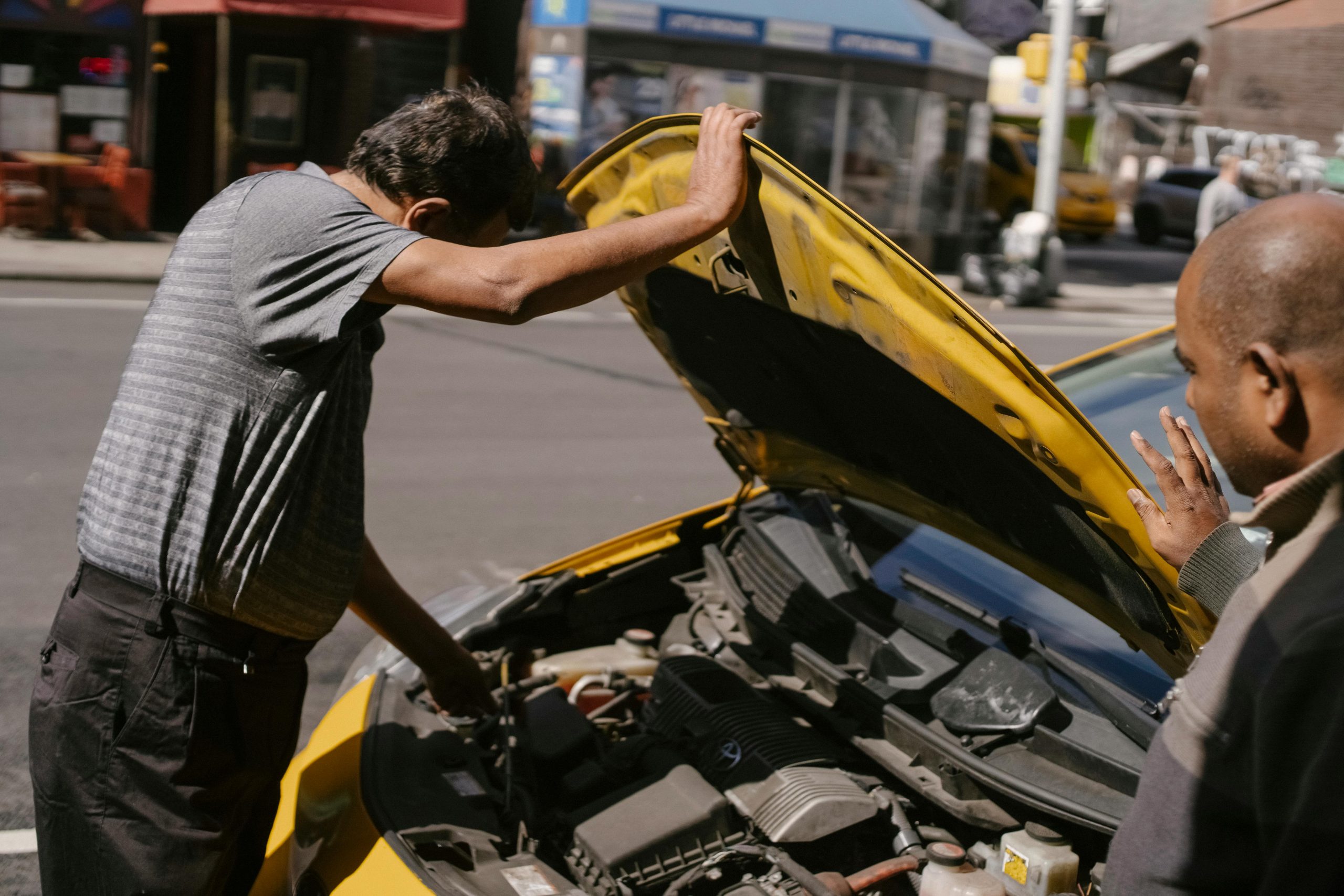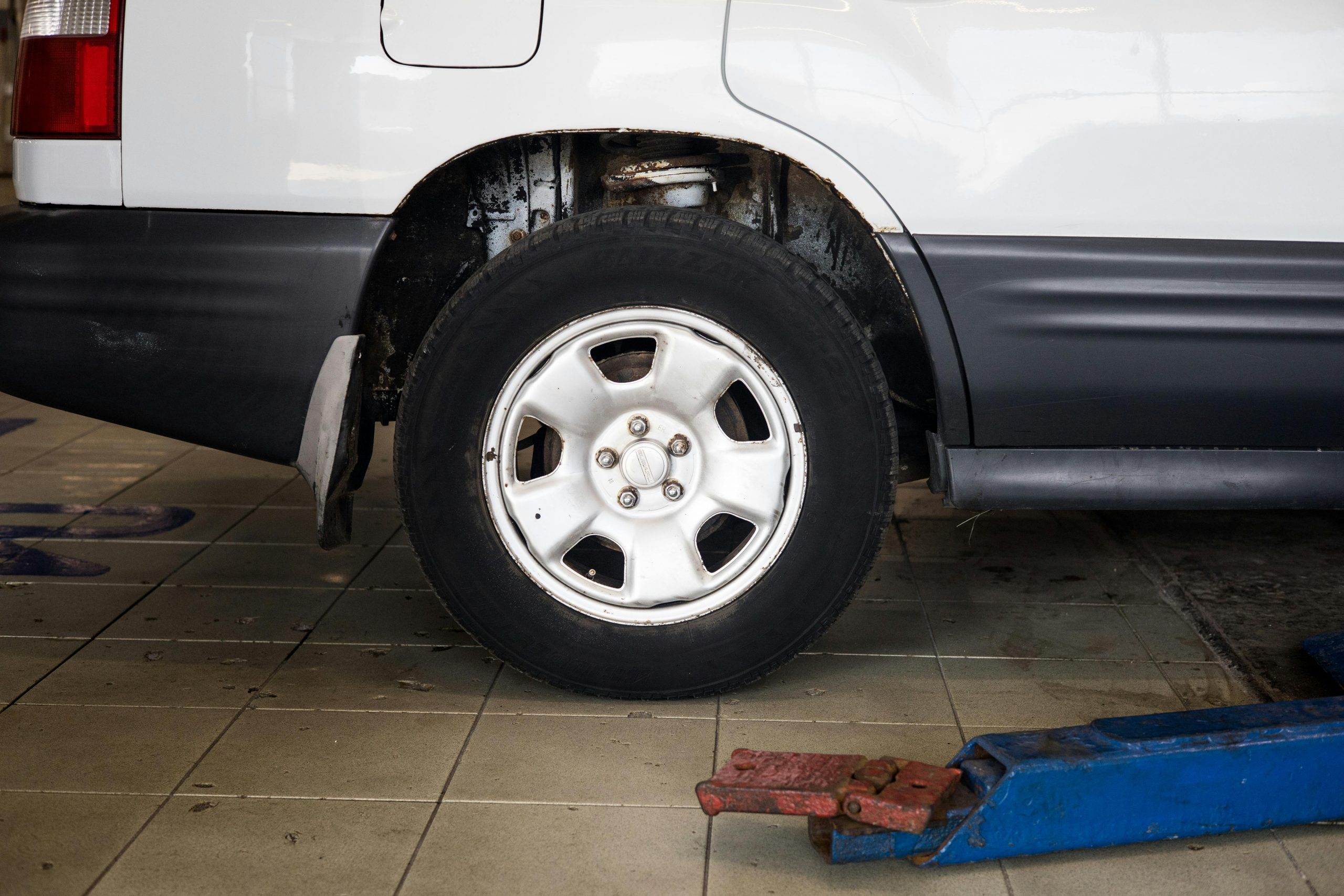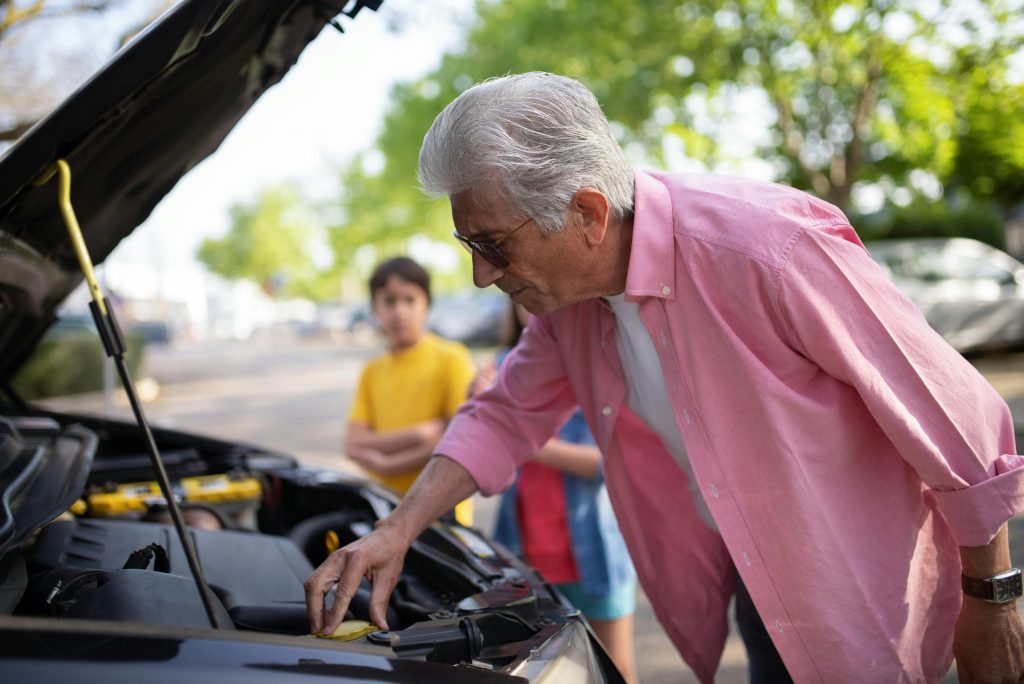Highlights
- Pre-trip inspections prevent breakdowns and ensure safety on the road.
- Checking tires, brakes, fluids, and lights can save money and avoid emergencies.
- Preparing a list of essential tools and emergency items is crucial for peace of mind.
- Involving family members in simple inspections improves efficiency and awareness.
- Professional inspections provide extra security, especially for long journeys.
- Maintaining belts, hoses, and climate control ensures vehicle reliability.
- Consistency in pre-trip checks reduces stress and ensures a smooth trip.

Taking a long road trip can be one of life’s most enjoyable experiences, allowing you to explore new destinations, spend quality time with family, and create lasting memories. But a poorly prepared vehicle can turn a fun trip into a stressful and potentially dangerous situation. Mechanical failures, flat tires, or broken brakes not only put you at risk but can also derail your plans.
That’s why performing a thorough pre-trip car inspection is essential. By dedicating time to inspect your vehicle, you can identify potential problems, fix minor issues, and ensure your car runs smoothly throughout your journey. This article will guide you step-by-step through all the critical inspections you should perform, including tires, fluids, brakes, belts, lights, and emergency preparation, making your trip safer and more enjoyable.
Why Pre-Trip Vehicle Inspections Are Crucial
A long road trip is a test of your car’s endurance. Even minor mechanical issues can become major problems when driving hundreds of miles on highways or through remote areas.
Benefits of Pre-Trip Inspections
- Safety: Identifying issues like worn brakes or low tire pressure can prevent accidents.
- Reliability: Detecting problems early ensures your car won’t leave you stranded on the side of the road.
- Cost-saving: Addressing minor maintenance issues before the trip avoids expensive emergency repairs.
- Comfort: Properly functioning air conditioning, heating, and suspension make long drives more enjoyable.
- Peace of Mind: Knowing your vehicle is fully prepared allows you to focus on enjoying the journey.
Skipping pre-trip checks can lead to stressful delays, higher repair costs, and compromised safety. Investing time before departure is far less costly and inconvenient than dealing with car troubles miles away from home.
Essential Tools and Equipment for Inspection
Before diving into inspections, gather the right tools to make the process efficient and safe.
Must-Have Tools
- Tire pressure gauge to check and adjust tire pressure.
- Flashlight to inspect dark areas under the car or inside the engine compartment.
- Jumper cables in case the battery is weak or dies unexpectedly.
- Car jack and spare tire for emergency tire changes.
- Basic toolkit including screwdrivers, pliers, and wrenches.
- Owner’s manual for vehicle-specific recommendations and measurements.
Having these tools on hand ensures that you can perform a thorough inspection and handle minor issues on your own, potentially avoiding the need for roadside assistance.
Checking Fluids
Fluids are the lifeblood of your car. Ensuring they are at the proper levels and in good condition prevents engine damage and keeps your vehicle running efficiently.
Fluids to Inspect
- Engine Oil: Check the dipstick for proper level and consistency. Dark, gritty oil may need changing.
- Coolant/Antifreeze: Prevents engine overheating; top up or replace if the level is low or the fluid appears contaminated.
- Brake Fluid: Essential for safe braking; ensure it is at the correct level and free of debris.
- Transmission Fluid: Ensures smooth gear changes; check color and consistency.
- Windshield Washer Fluid: Crucial for visibility; fill before leaving on a long trip.
Tips for Fluids
- Always check fluids when the engine is cool to avoid burns.
- Use manufacturer-recommended fluids to maintain optimal performance.
- Replace old or contaminated fluids to reduce the risk of mechanical failures.
Tire Inspection and Maintenance

Tires are the most important point of contact between your car and the road. Ignoring tire care can be dangerous, especially on long trips.
Steps to Inspect Tires
- Tread Depth: Use a penny or tread gauge to ensure sufficient tread; worn tires reduce traction.
- Check for Damage: Look for cracks, bulges, or uneven wear patterns that may indicate alignment issues.
- Tire Pressure: Use a gauge to ensure all tires, including the spare, meet manufacturer-recommended PSI.
- Rotate or Replace if Needed: Properly maintained tires improve fuel efficiency and driving safety.
Regular tire inspections prevent blowouts, improve handling, and ensure a smoother ride over long distances.
Brakes and Suspension Check
A reliable braking system and functional suspension are crucial for safety and comfort.
Brake Inspection
- Listen for squealing, grinding, or unusual noises.
- Visually inspect brake pads and rotors for wear.
- Test braking responsiveness in a safe area.
Suspension Check
- Inspect shocks and struts for leaks or damage.
- Look for uneven tire wear or excessive bouncing when driving over bumps.
Brakes and suspension systems are safety-critical components; any signs of wear should be addressed immediately, ideally by a professional.
Lights, Wipers, and Electrical Systems
Visibility is critical, especially for night driving or inclement weather.
Inspection Checklist
- Lights: Test headlights, brake lights, turn signals, and hazard lights.
- Dashboard Warning Lights: Ensure no warning lights remain illuminated after starting the car.
- Windshield Wipers: Check blade condition and refill washer fluid.
- Horn: Confirm functionality for safety alerts.
Replacing worn bulbs or wiper blades is inexpensive and significantly improves safety on the road.
Battery Check and Emergency Preparedness
A weak battery can leave you stranded far from help.
Battery Inspection
- Check for corrosion on terminals.
- Ensure the battery is securely mounted.
- Test voltage if possible.
Emergency Kit Essentials
- Jumper cables
- Flashlight and batteries
- First aid kit
- Reflective warning triangles
- Blankets, snacks, and bottled water
Preparation reduces stress and allows you to handle unexpected problems efficiently.
Heating, Cooling, and Climate Control Systems
Comfort is often overlooked but essential for long trips.
Inspection Tips
- Test air conditioning and heater for proper operation.
- Check coolant system and radiator for leaks.
- Inspect belts and hoses that regulate the climate system.
A malfunctioning climate control system can cause driver fatigue or discomfort, especially during extreme weather conditions.
Belts, Hoses, and Engine Components
Belts and hoses keep your engine running smoothly. Ignoring them can lead to catastrophic failures.
Inspection Checklist
- Look for cracks, fraying, or wear on belts.
- Inspect hoses for leaks, softness, or cracks.
- Check engine mounts and visible components for damage.
Replacing worn belts or hoses before departure ensures your engine stays in good working order, preventing roadside breakdowns.
Preparing for Roadside Emergencies
Even with thorough preparation, emergencies can occur. Planning ahead ensures you can manage them safely.
Essential Tips
- Keep a spare tire, jack, and lug wrench accessible.
- Have contact info for roadside assistance or towing services.
- Carry a toolkit, flashlight, and reflective triangles.
- Pack snacks, water, and blankets for unexpected delays.
A small investment in preparation can prevent panic and stress if your vehicle encounters issues miles from home.
Optional Professional Inspections
While many pre-trip checks can be done at home, professional inspections provide added security, especially for older or high-mileage vehicles.
Professional Services to Consider
- Oil change and fluid top-ups
- Brake and suspension inspection
- Tire alignment and balancing
A visit to a trusted car repair shop before a long trip can provide peace of mind, ensuring all systems are in optimal condition.
Conclusion
Inspecting your car before a long road trip is essential for safety, reliability, and peace of mind. From checking tires, brakes, fluids, lights, and belts to preparing emergency supplies, thorough preparation reduces stress and prevents costly issues on the road.
By following the steps outlined above, drivers can enjoy a smooth, safe journey, confident that their vehicle is ready to handle miles of open road. Consistency in performing these inspections will make pre-trip checks a routine part of travel planning, ensuring long trips remain memorable for all the right reasons.
A well-prepared car doesn’t just get you from point A to point B — it ensures comfort, safety, and enjoyment for the entire family. Take the time to inspect, maintain, and prepare, and your road trips will be worry-free and full of adventure.

